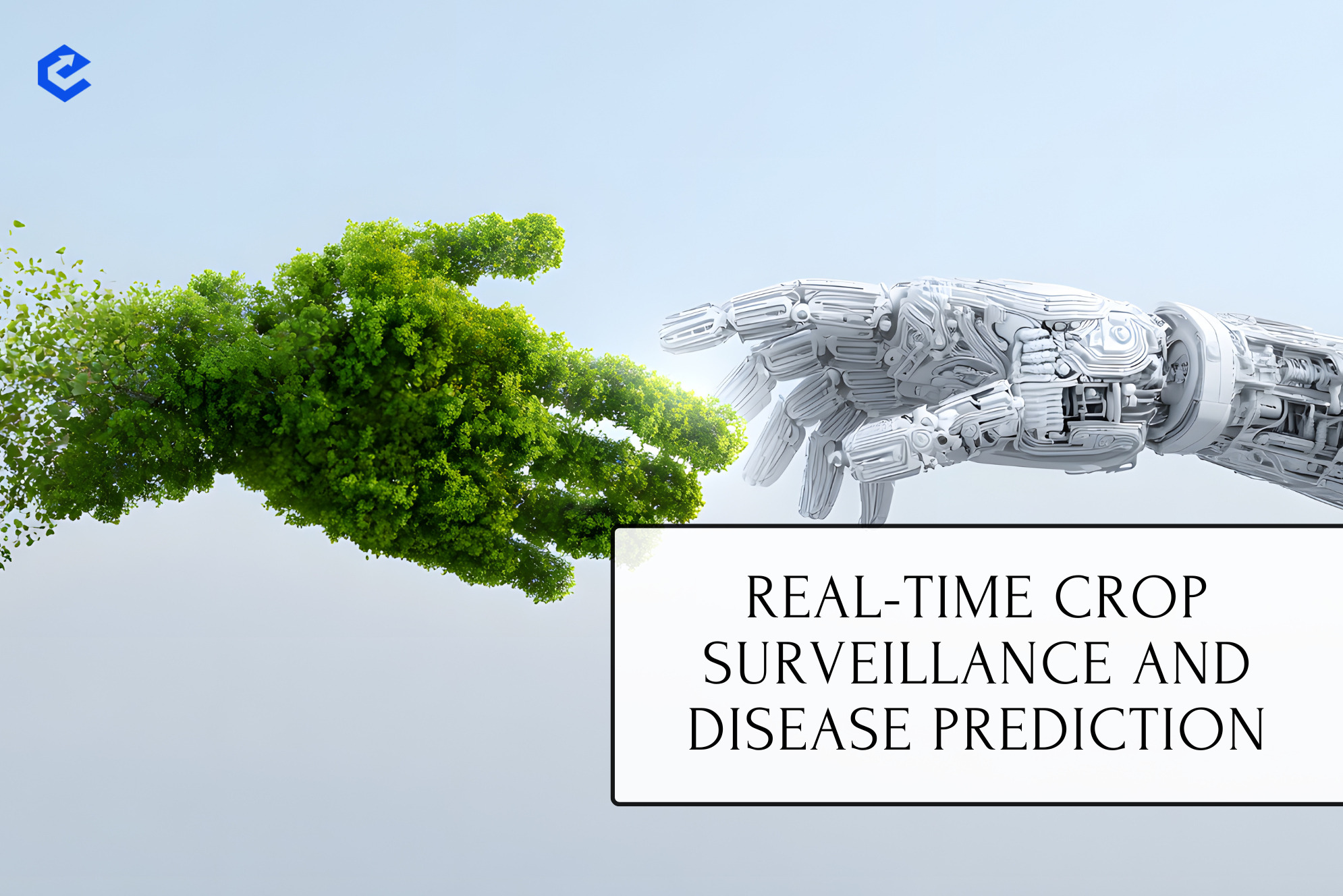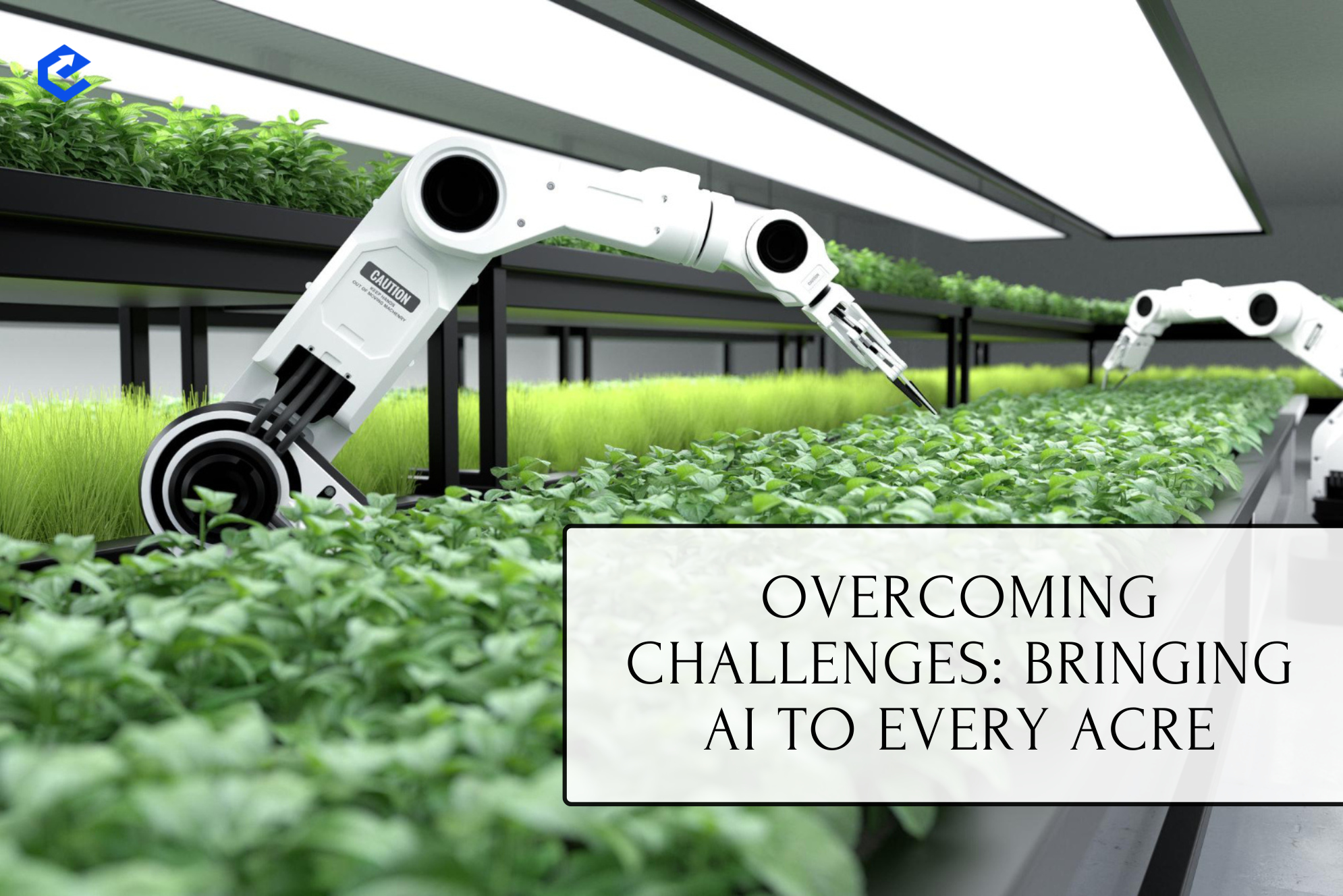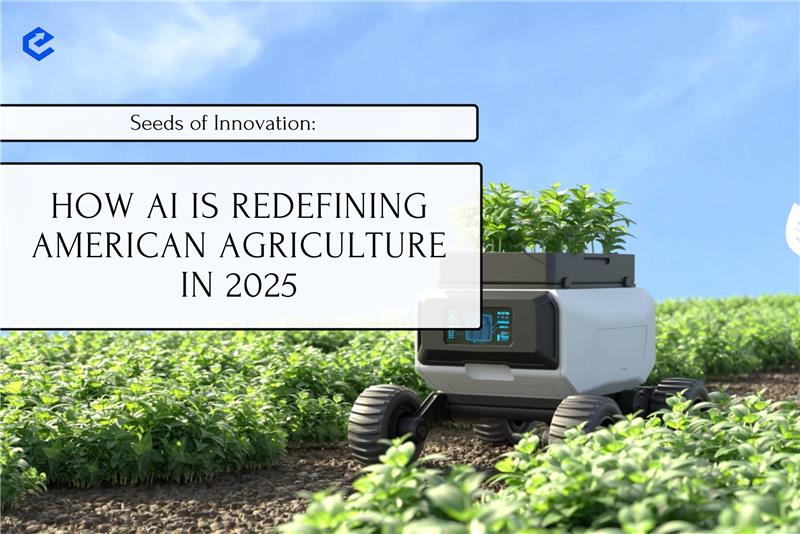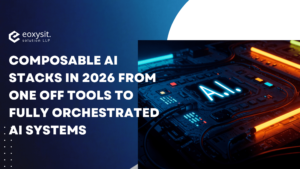Seeds of Innovation: How AI is Redefining American Agriculture in 2025
Planting the Future with Artificial Intelligence
In 2025, American agriculture stands as a beacon of digital transformation. Farmers, agtech startups, and food producers across the USA are increasingly relying on artificial intelligence to address the dual challenges of growing food demand and climate uncertainty. No longer limited
to big corporate farms, AI-powered tools—from self-driving tractors to crop-monitoring drones—are now an essential part of even the smallest rural operations. This “smart farming” revolution is as much about sustainability as it is about yield, with AI helping U.S. growers use fewer resources, reduce waste, and boost profitability.
From Data to Decisions: Precision Agriculture Takes Root
The backbone of todayʼs smart farms is precision agriculture—a system that harnesses drones, IoT sensors, GPS-guided machinery, and AI analytics. Sophisticated models analyze soil composition, monitor plant health, and forecast weather patterns down to the microclimate. In real time, AI platforms recommend how much water, fertilizer, or pesticide each zone needs—minimizing waste and environmental impact.
Robots in the Fields: Automating American Farming
Autonomous tractors, robotic harvesters, and AI-powered drones are revolutionizing labor intensive tasks. These technologies not only ease labor shortages but also improve consistency and reduce crop damage. Robots now “see” weeds and pests, deploying herbicides and pesticides only as needed, and even perform gentle fruit picking without bruising produce.
Real-Time Crop Surveillance and Disease Prediction
Modern AI-driven platforms integrate data from satellites, weather stations, and in-field sensors. They provide farmers with live dashboards showing plant growth, soil nutrients, and potential disease outbreaks. If a sensor detects early signs of blight or drought stress, AI immediately generates an action plan for targeted intervention—saving crops, water, and money.

Sustainability and Environmental Stewardship
The quest for sustainable farming is central to the AI revolution. Smart systems reduce fertilizer runoff, minimize overwatering, and support regenerative practices that preserve soil health. With climate-smart analytics, American farmers can optimize for yield while lowering their carbon footprint and meeting new environmental standards.
The Economic Impact: Market Growth and Opportunities
The U.S. agtech market is forecasted to grow at double-digit rates through 2030, with over 60% of farms expected to have adopted AI-driven precision tech by the end of 2025. Public and private investments are fueling startups that make these solutions accessible for farms of every size—including remote operations previously left behind in the digital era.
Overcoming Challenges: Bringing AI to Every Acre
Despite rapid progress, challenges remain. Integrating AI with aging equipment, data privacy and connectivity in rural regions, and upskilling farmers in digital tools are priorities industry wide. Federal and state programs now support broadband expansion, farmer training, and open data initiatives to democratize these advancements.

Conclusion: Cultivating Resilience for the Next Generation
AI is enabling a new chapter in American agriculture—one that is more resilient, productive, and sustainable. As technology continues to evolve, farmers and stakeholders across the U.S. are seeding a future where food systems are smarter, greener, and better for everyone.
Are you ready for the farm of the future? Explore the AI breakthroughs that are turning American soil into a global model for agricultural innovation.





